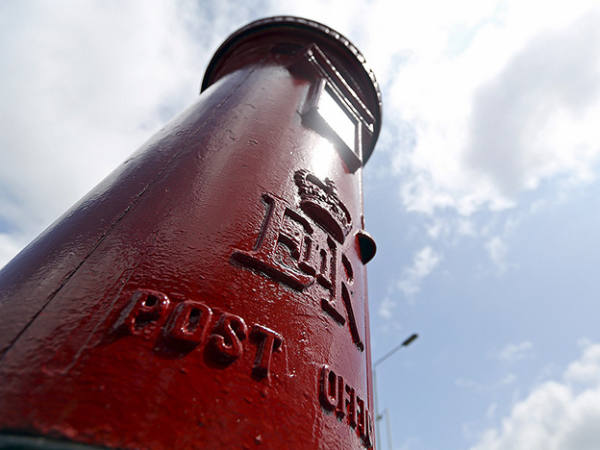S&P stagnates
A reader at our commodities event last week suggested to me that the equity indices' behaviour in 2014 so far is classic topping behaviour. By repute, stock-market tops are drawn-out affairs, whereas commodities supposedly reverse sharply. At least to the naked eye, this seems to be true. Think back to the millennium, where the FTSE went sideways from April 1999 until March 2001. Or to 2007, when it spent six months carving out a peak.
FTSE in a fix
You could make the case that the FTSE has been topping ever since May 2013. It has, after all, made no net progress since its 22 May highs at 6876, despite making successive higher lows. Only a clear and sustained break above that level is really going to settle this. I set out one reason why that should happen in this week's Market Tactics section. Simply put, the FTSE is a different proposition to what it was at the tops of 2000 and 2007. It offers fundamental good value, whereas it was plainly dear back then.
In the course of the last nine months' slow progress in the FTSE, four excellent buying opportunities have cropped up. On each occasion, the FTSE has dipped below its 200-day moving average and has then bounced convincingly back through it. This sort of action gets a lot of traders excited. The 200-day average is, after all, the most widely watched technical indicator of all. But how would we have done had we used it consistently as the benchmark for buying and selling the FTSE 100?
FTSE crossovers
A strategy of buying the FTSE 100 every time it crossed above its 200-day average and selling up every time it crossed below it would have turned £100 in 1984 into £290 by the end of 2013. Buying and holding the index would have achieved a total of £616, even before the effect of dividends reinvested. Beating buy-and-hold exposure is not the be-all and end-all, of course. A trading strategy that produces steady, low-risk returns is worth its weight in gold.
Buying and selling crossovers based on the 200-day average does not pass this test, however. The approach would have thrown up 133 round-trip trades over the last 30 years, of which only 31 were profitable. At one point, there were 18 losing trades in a row, which is surely enough to drive anyone to distraction. It also suffered a 33 per cent peak-to-trough decline at its worst point. Although better than the 53 per cent drawdown buy-and-holders endured, it's still scary.
Latest bounce in FTSE
On its own, therefore, merely buying and selling crosses of the 200-day average is unlikely to bring great results. The key is to refine this approach with other filters to boost profitability. For example, only buying when the average was upwardly sloping would have increased the index points won by almost a quarter, while more than cutting the number of losing trades in half. The latest signal qualifies in this regard. I remain bullish for now on the FTSE 100.















